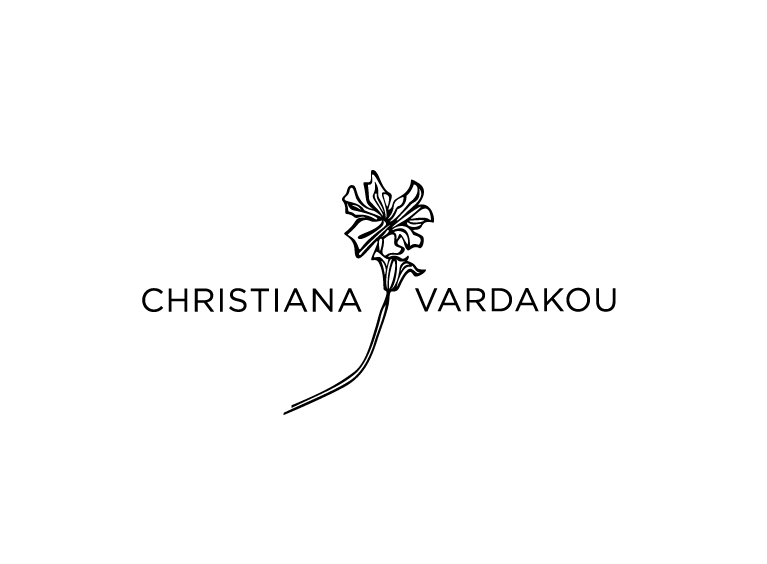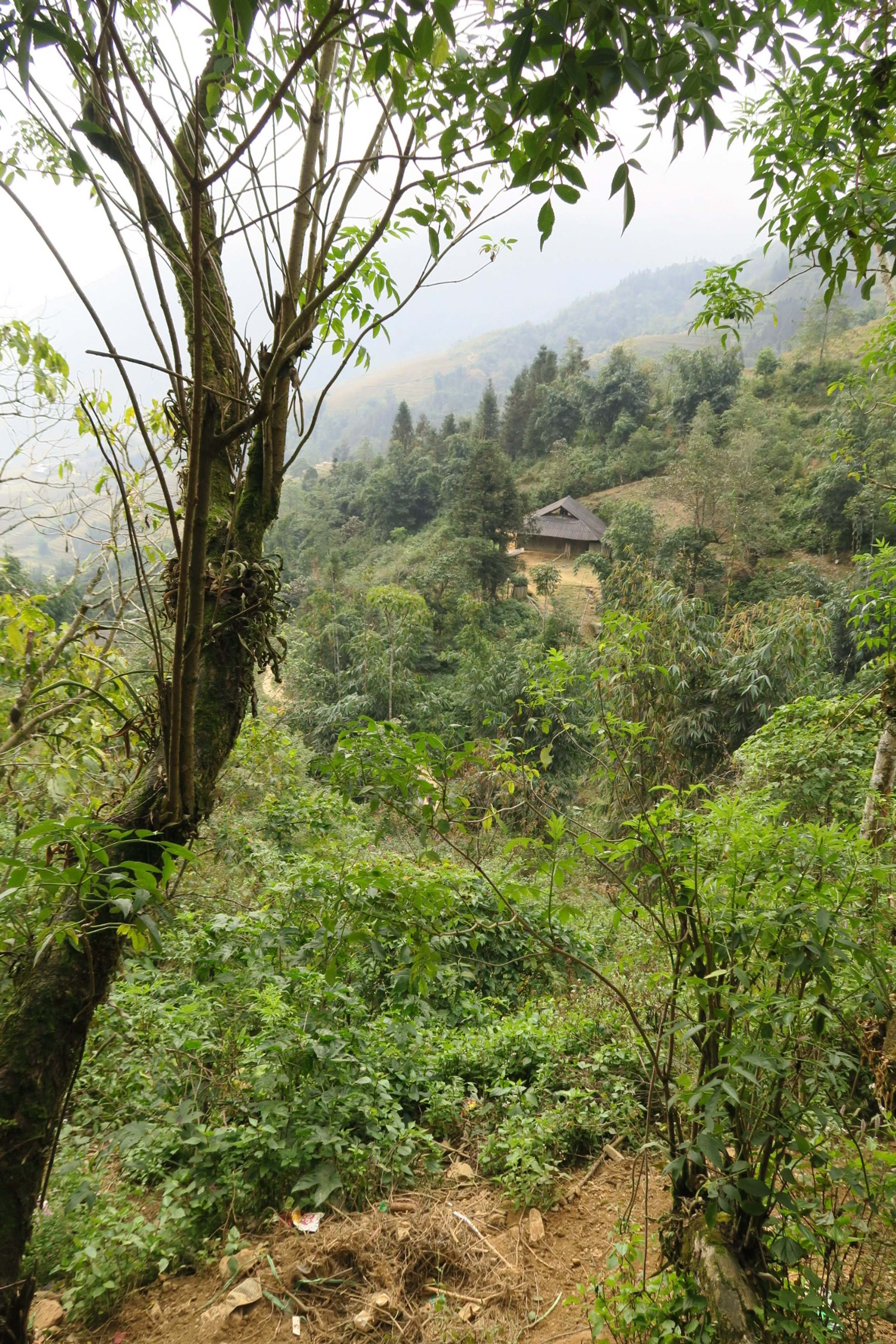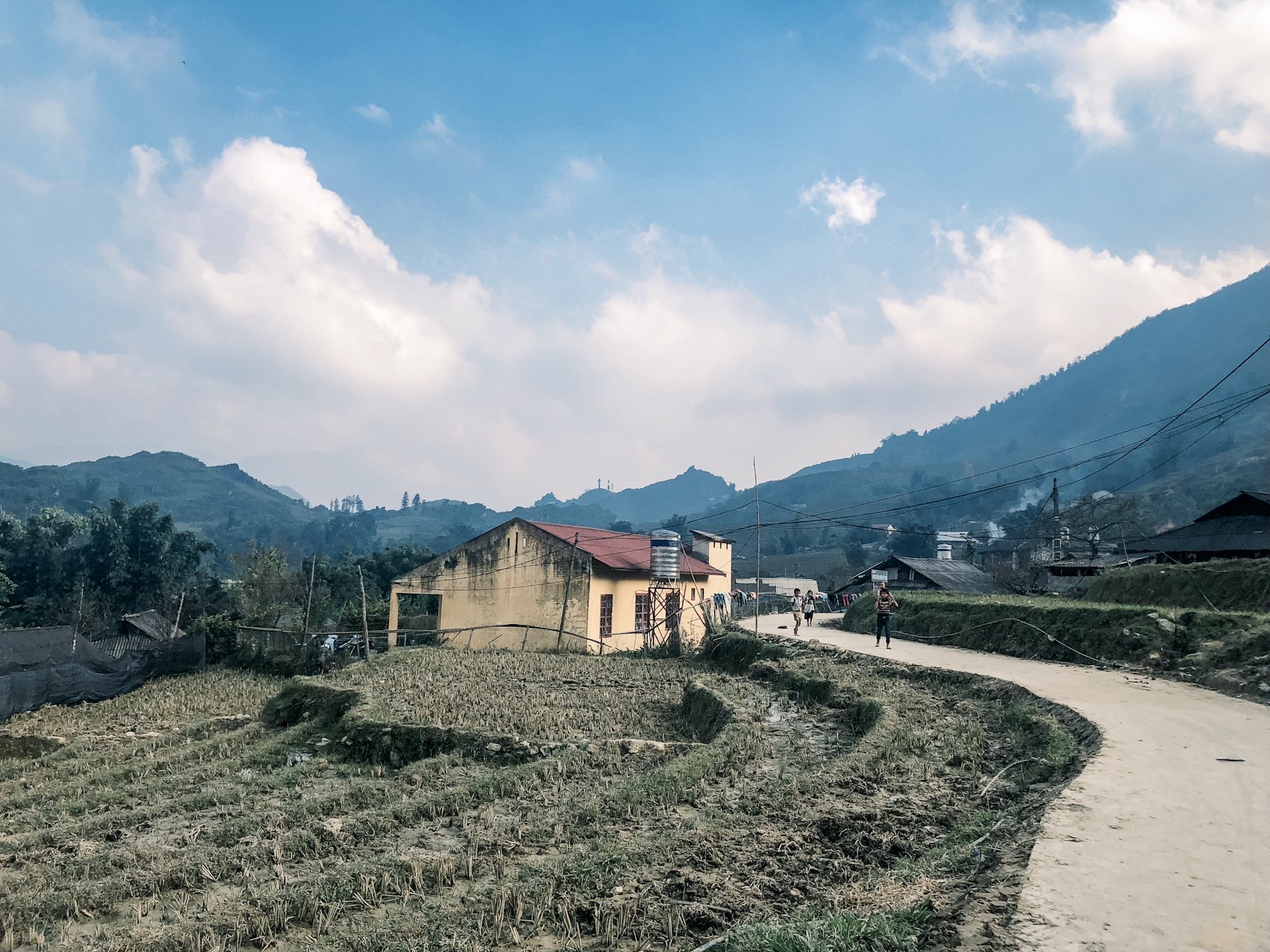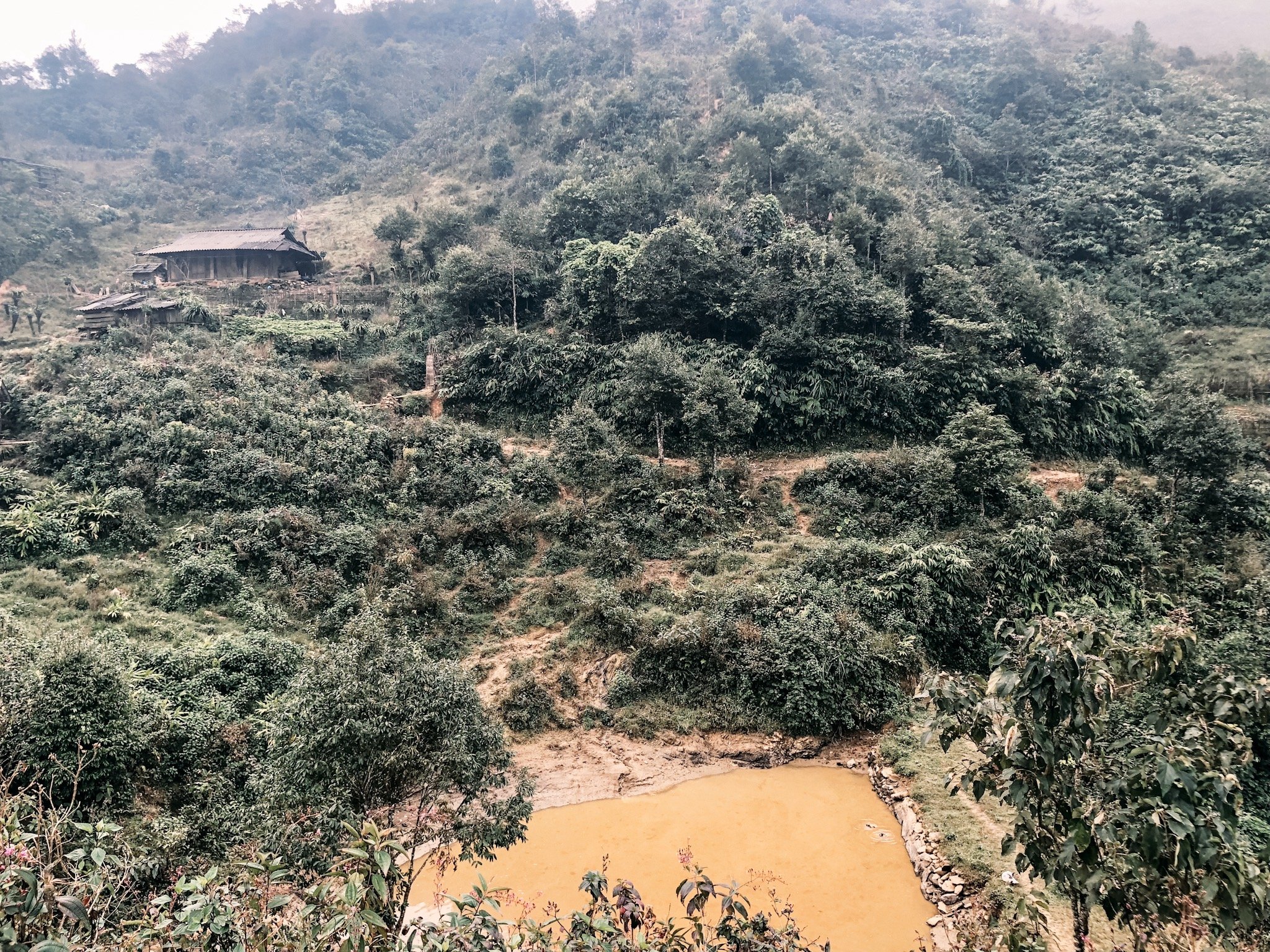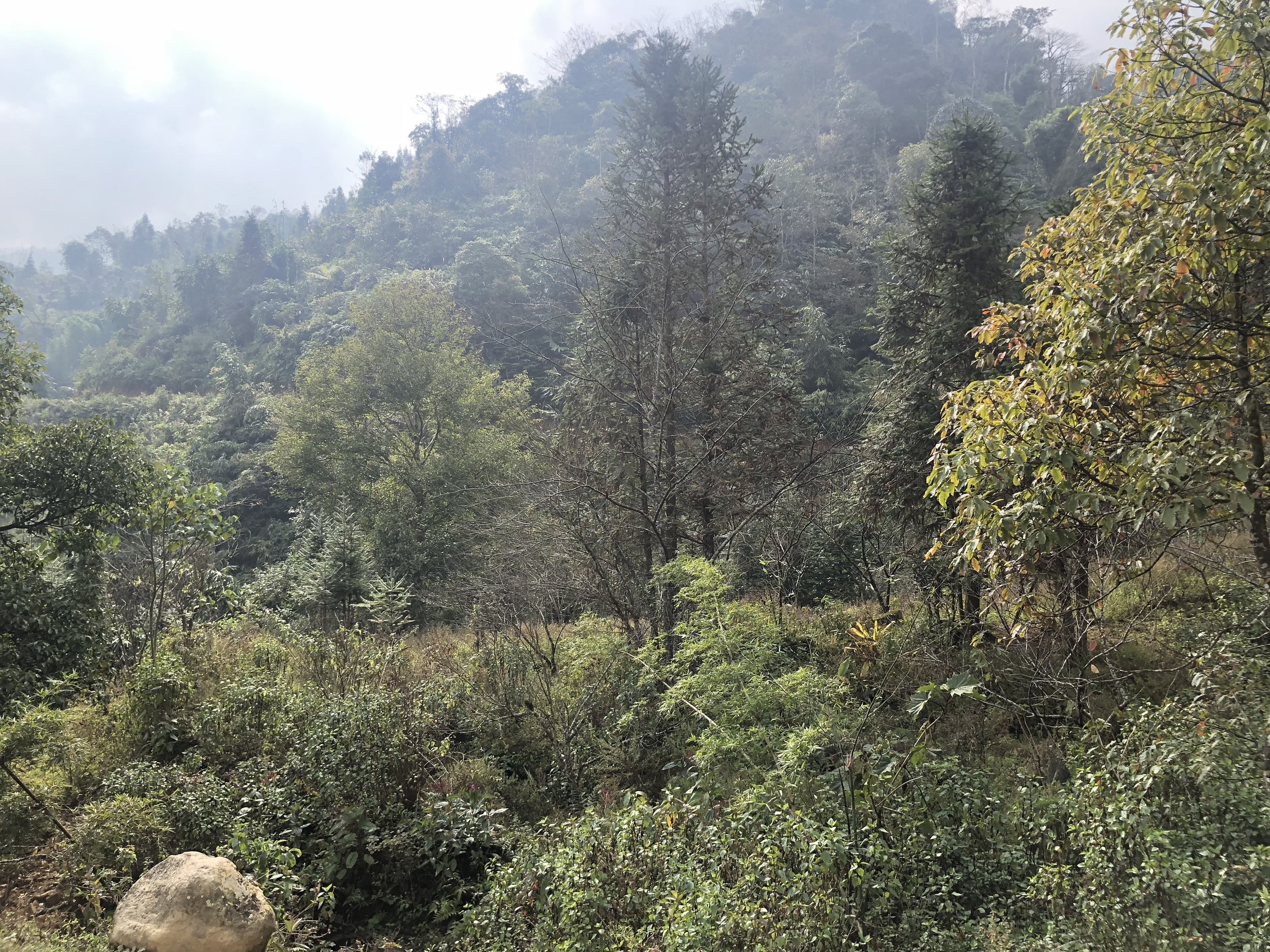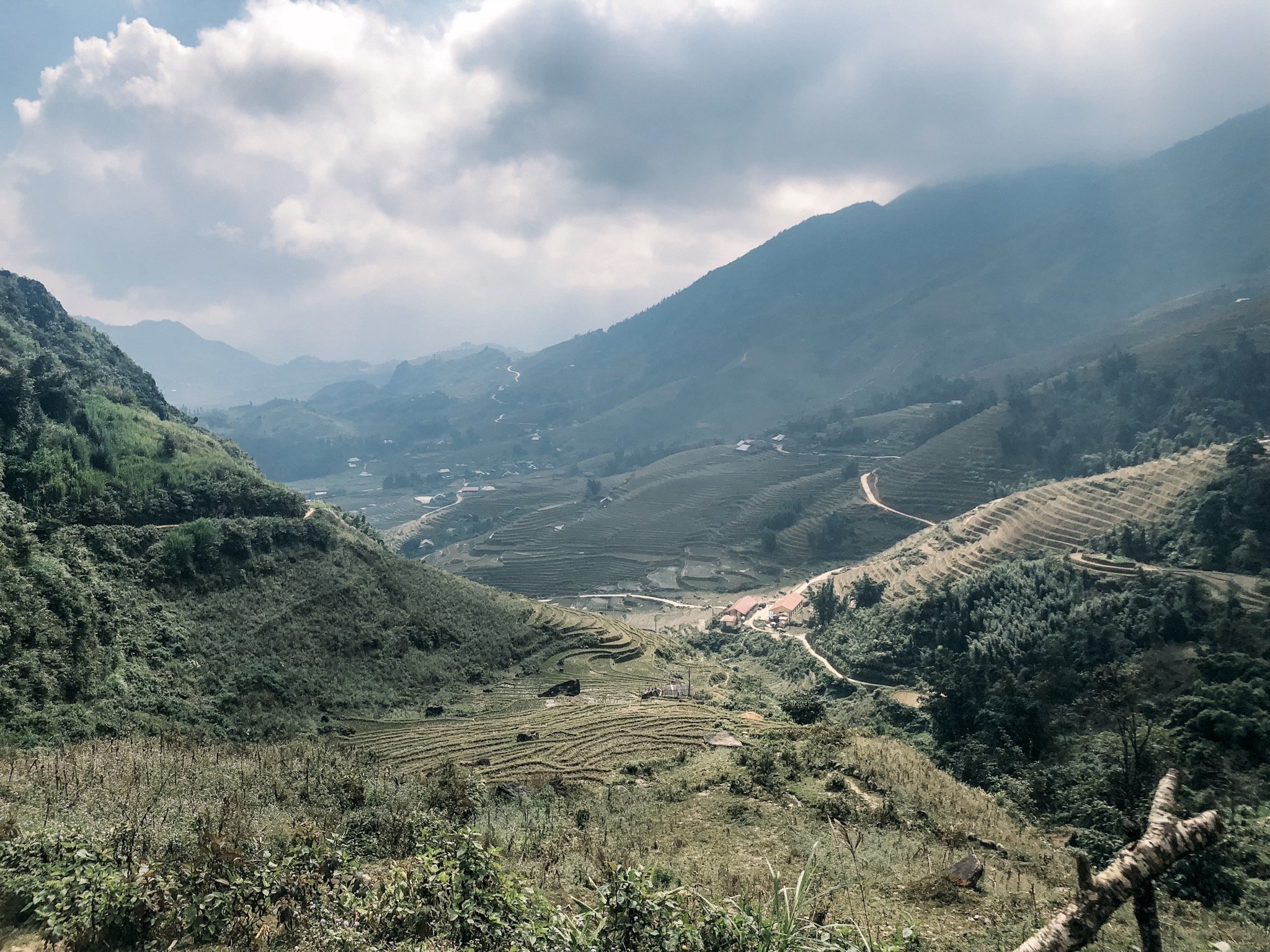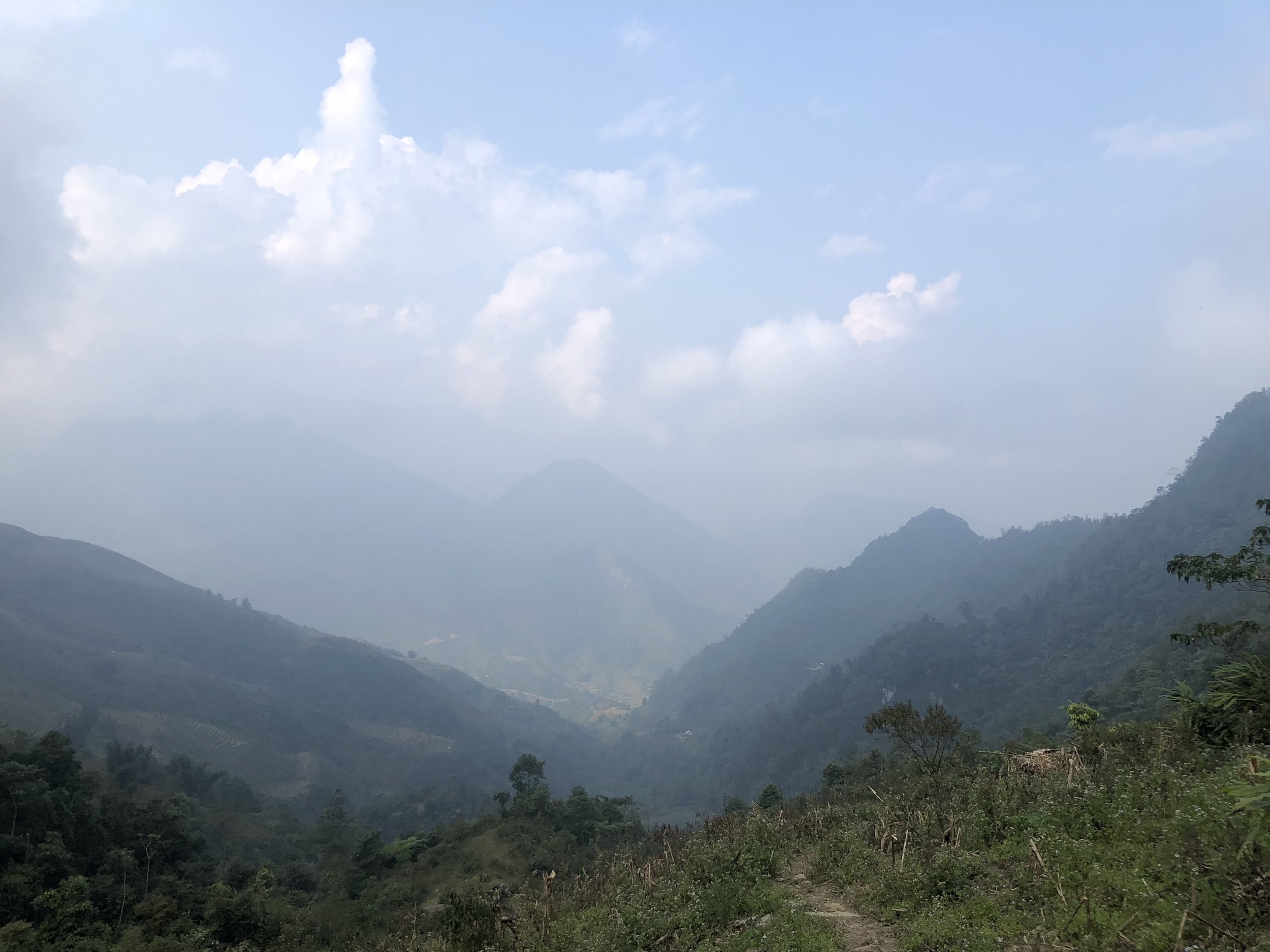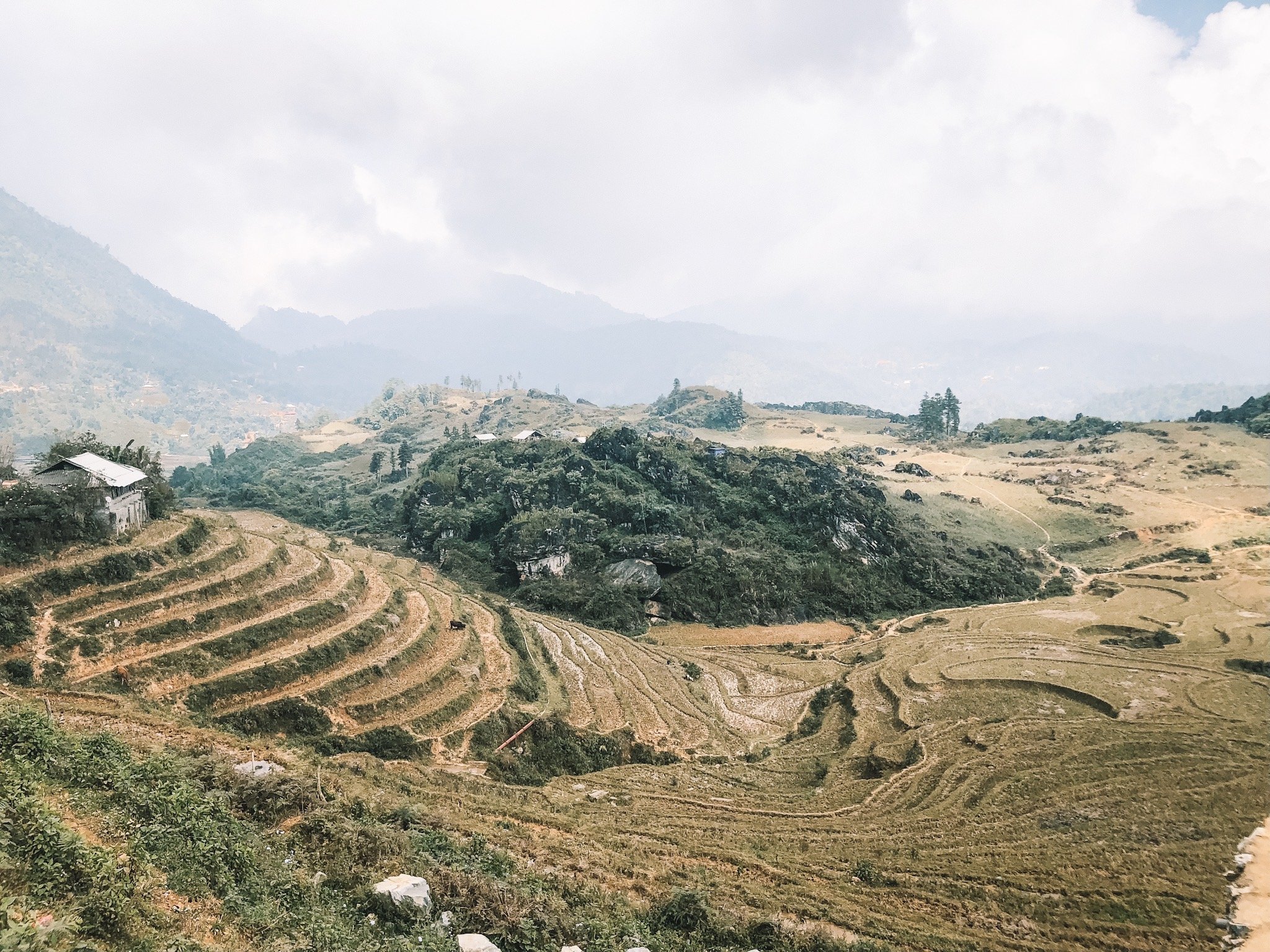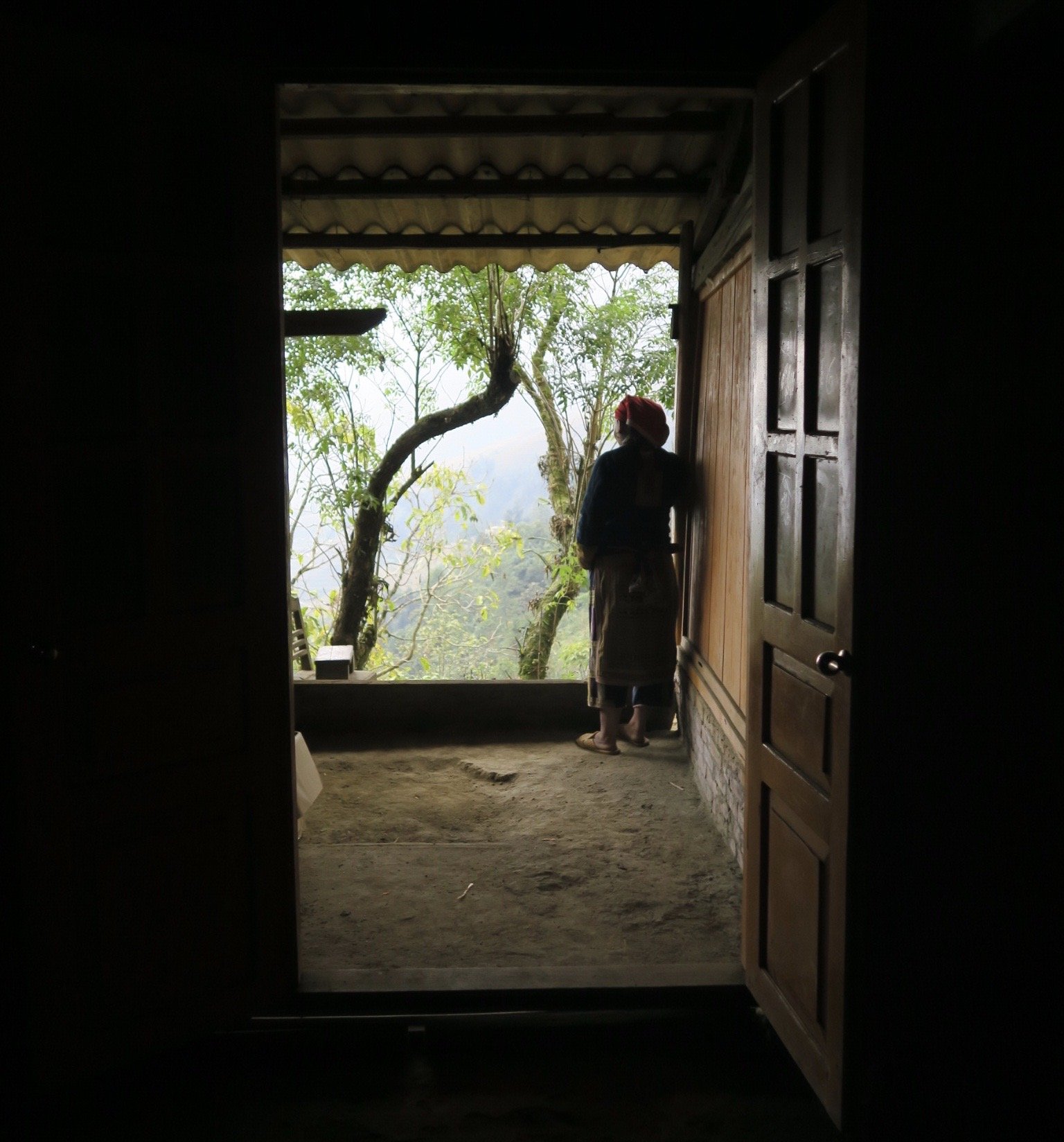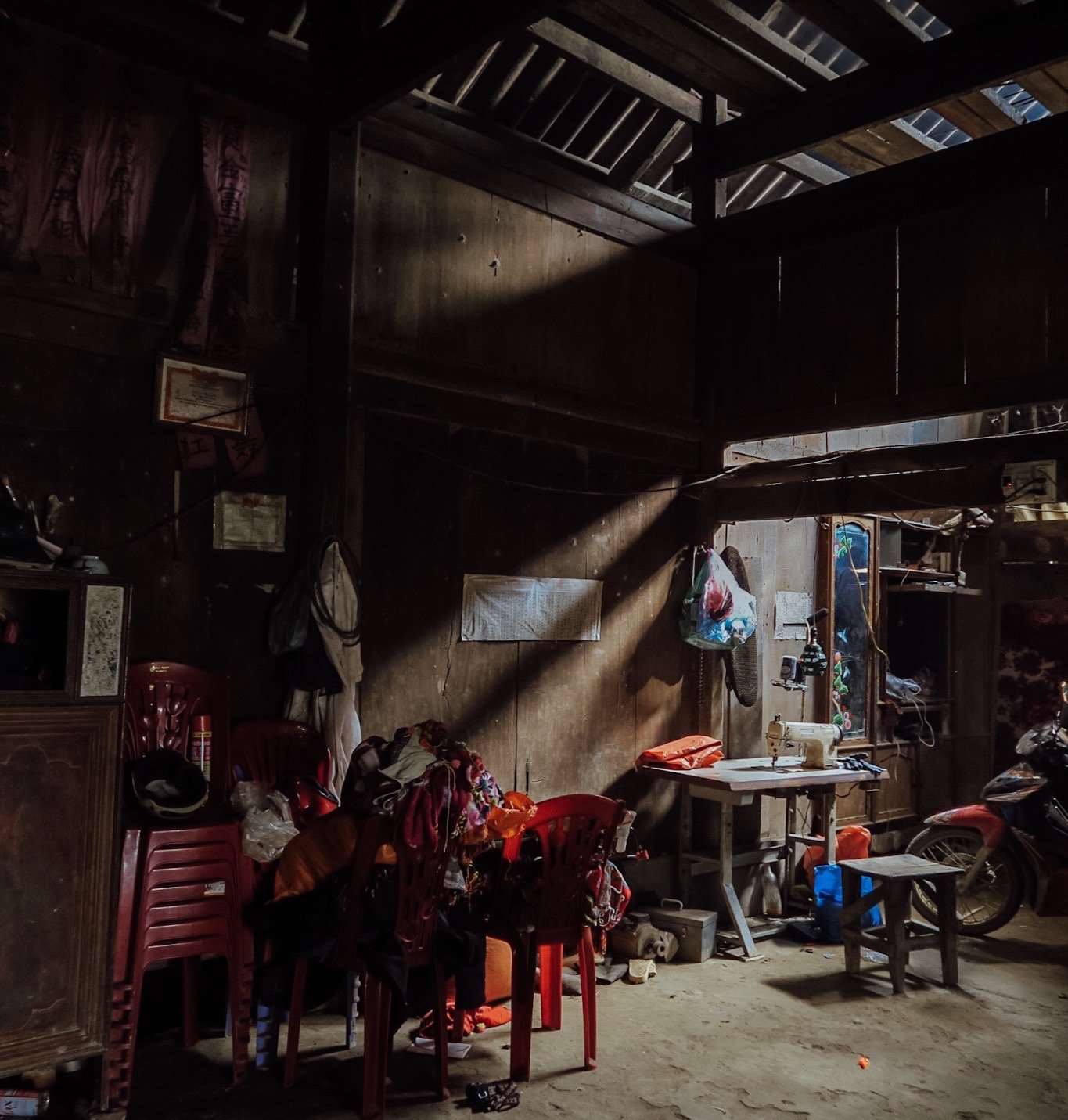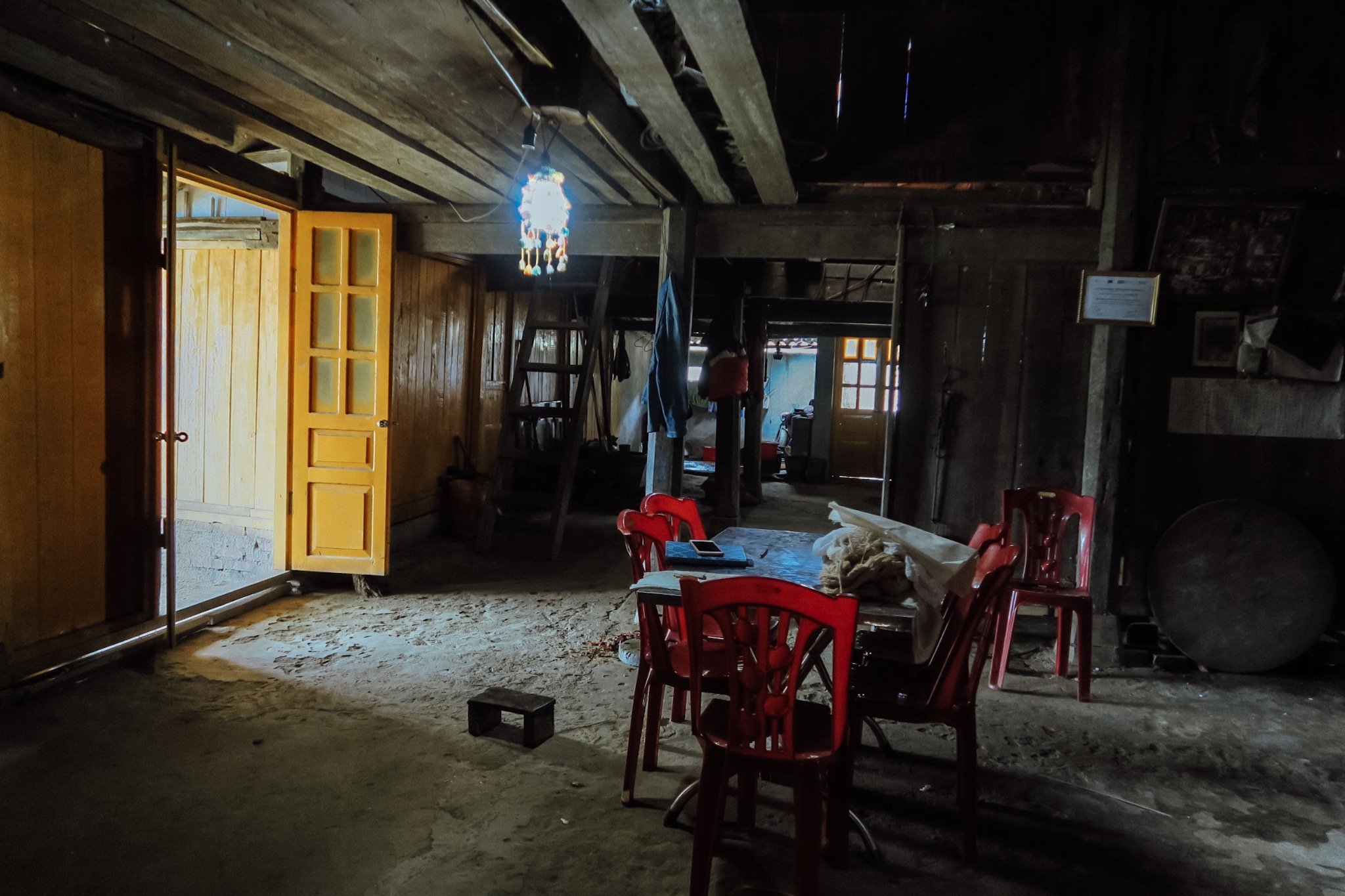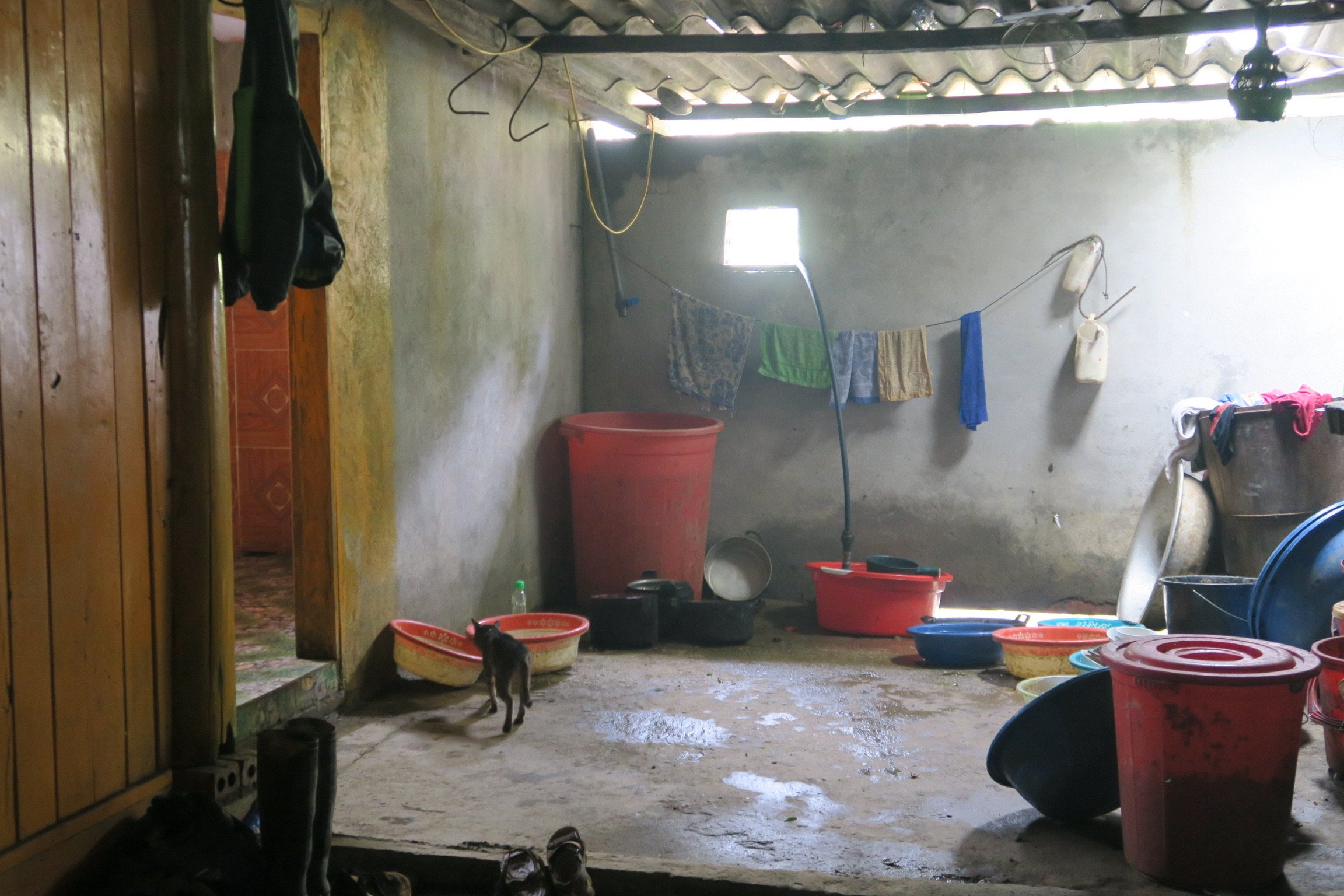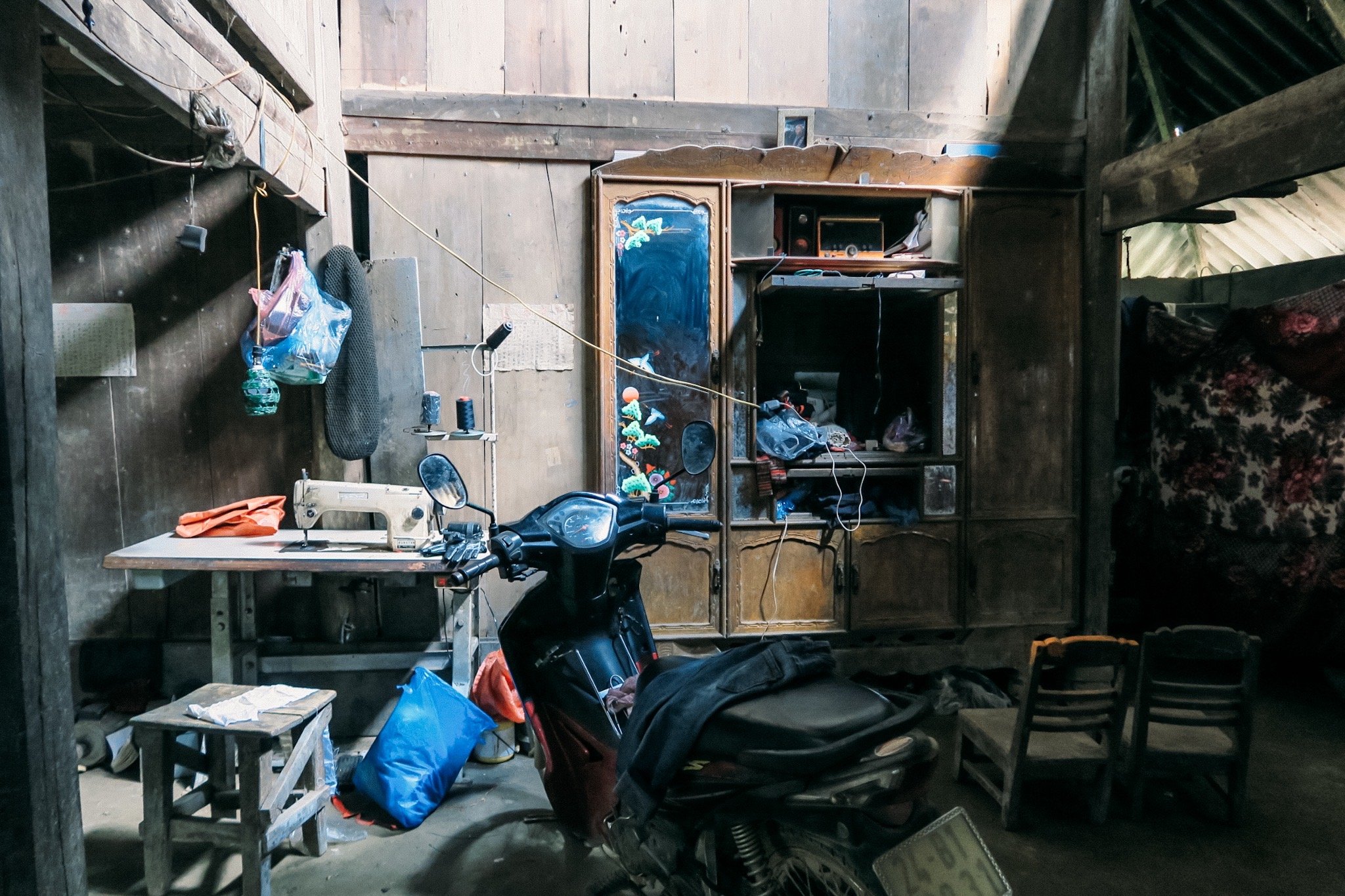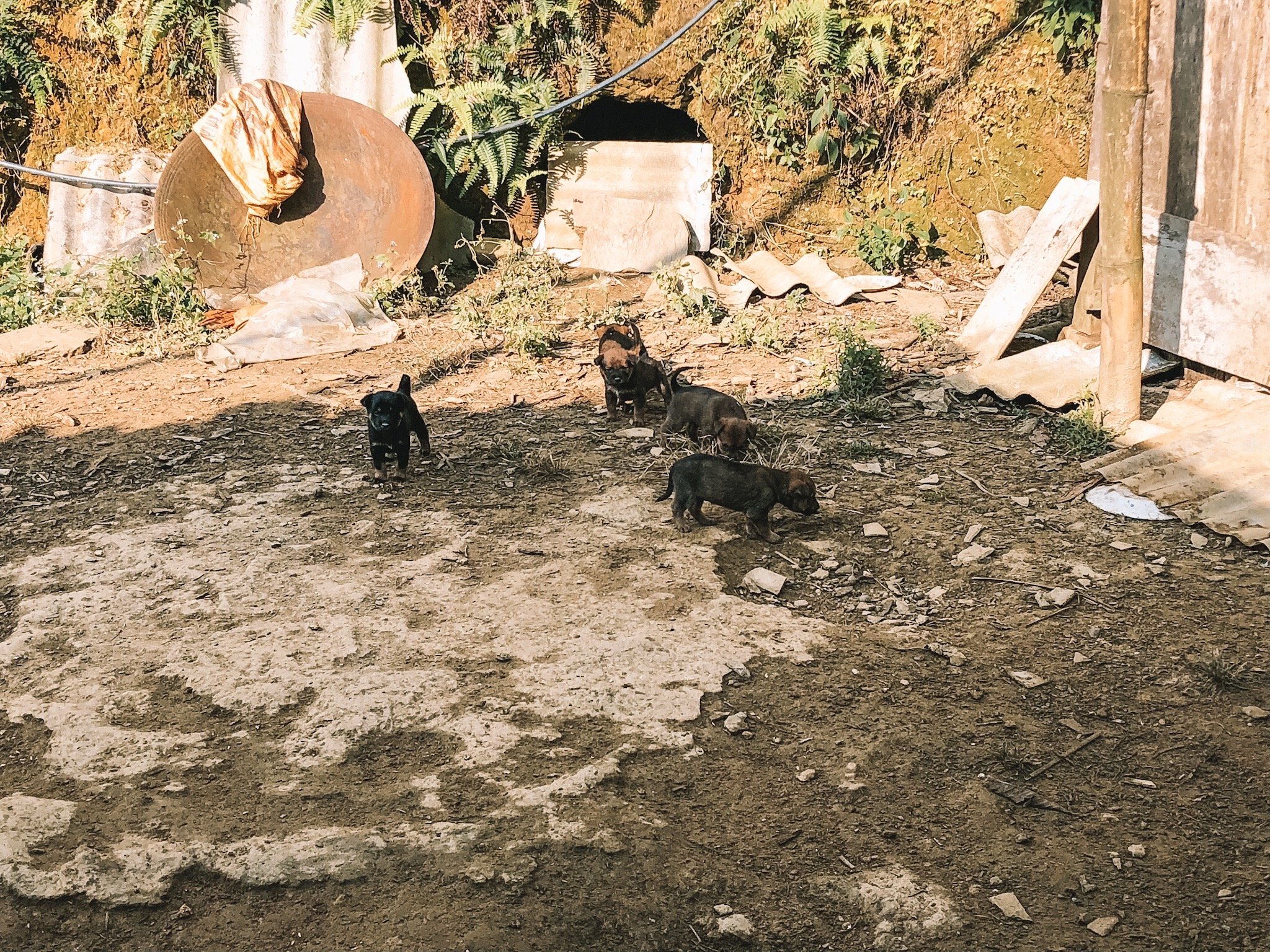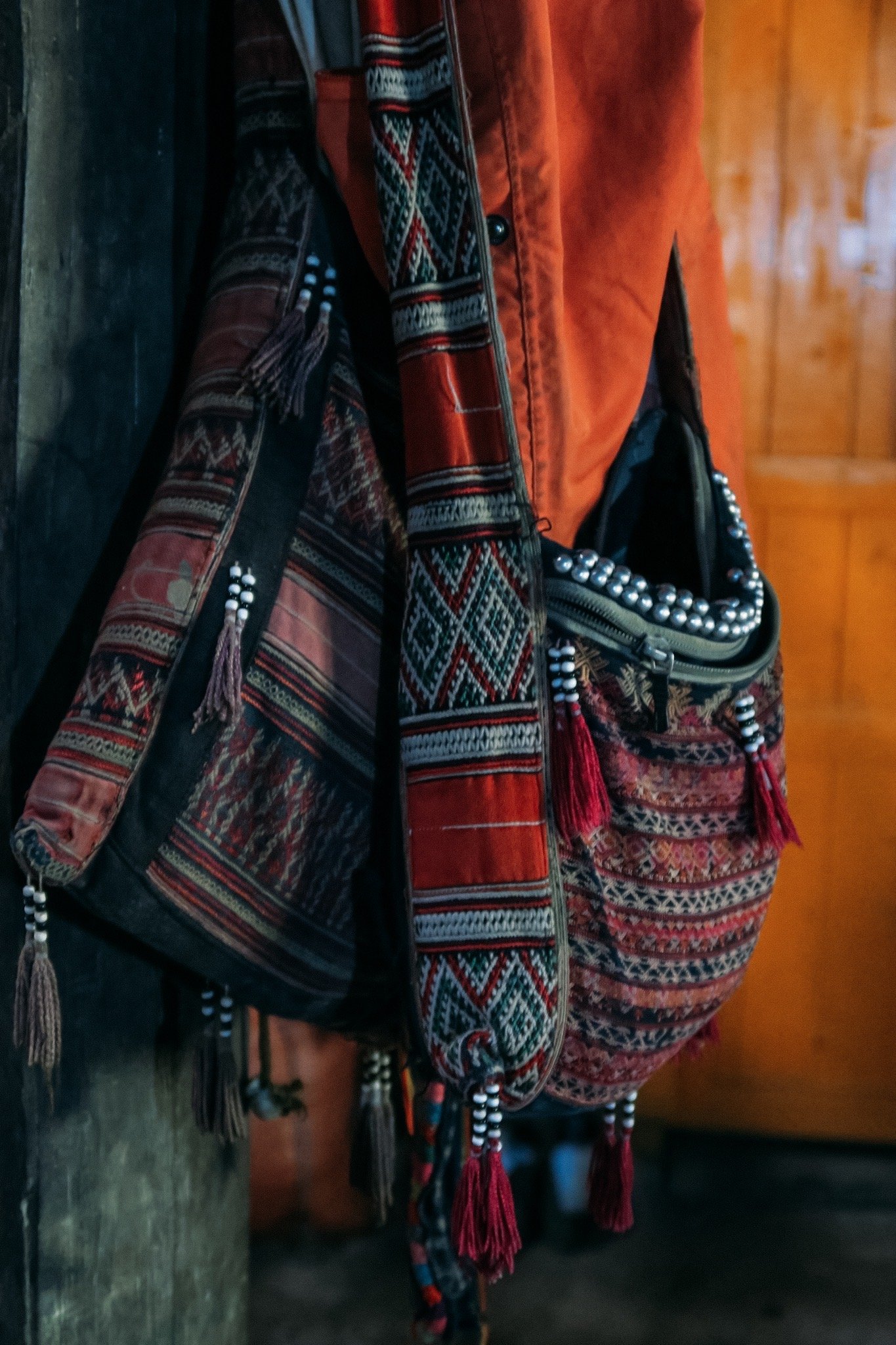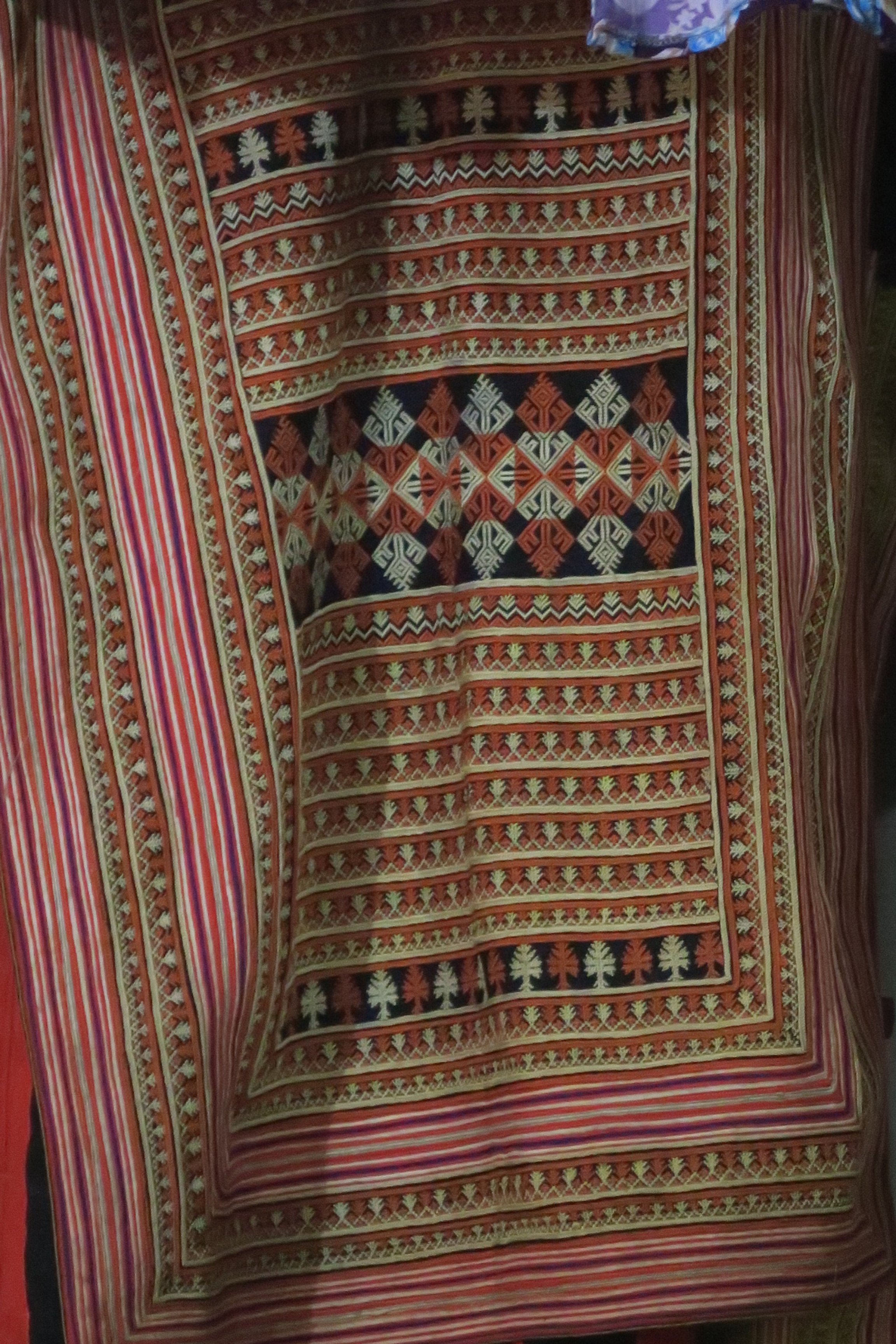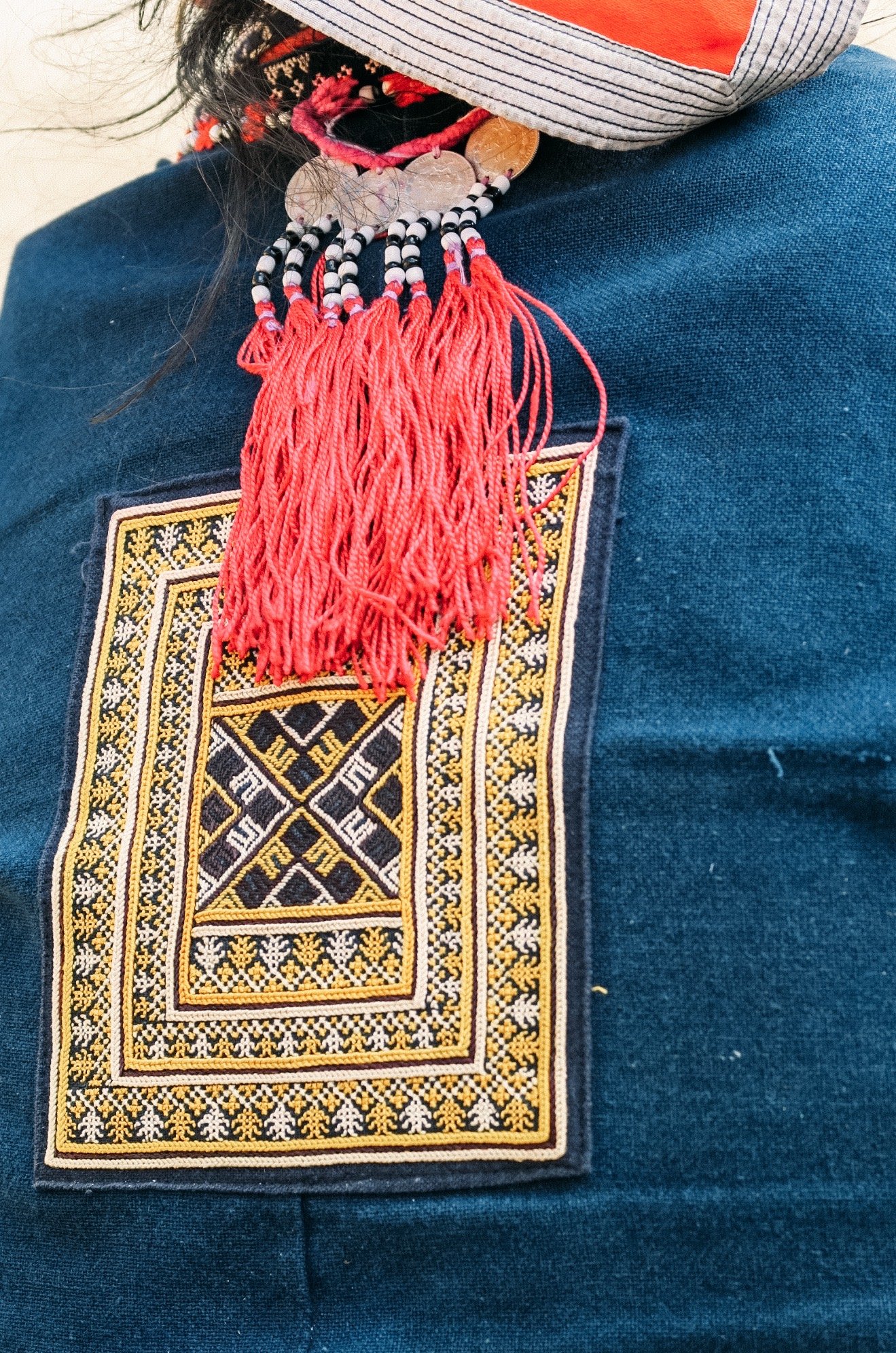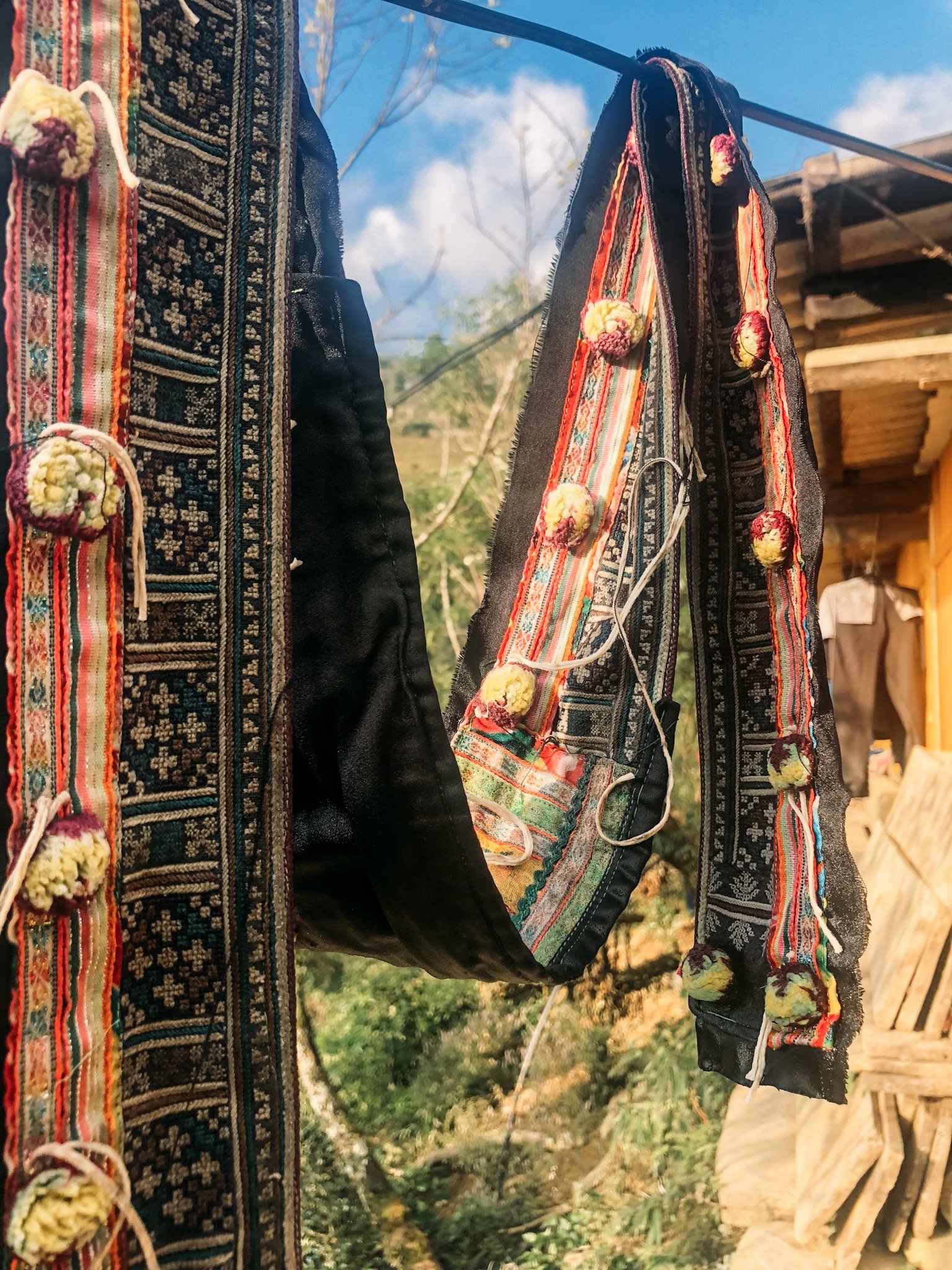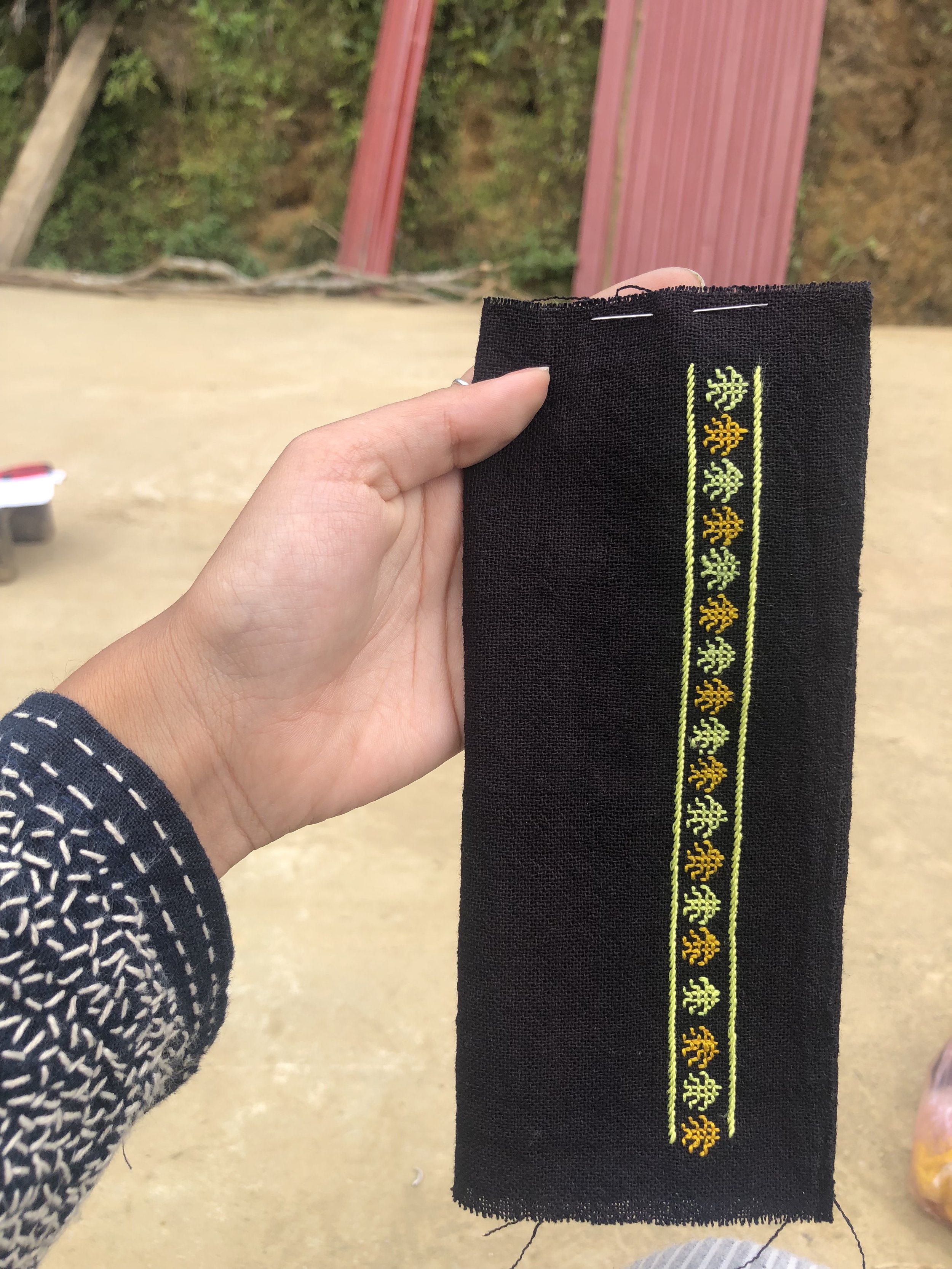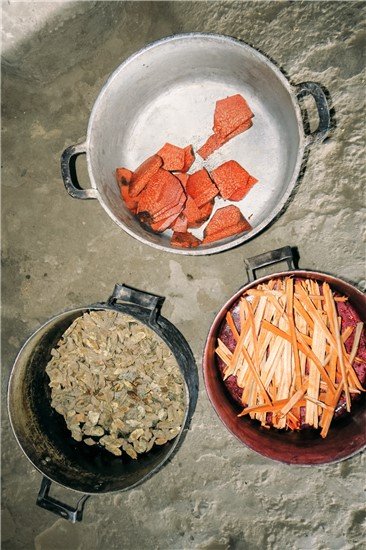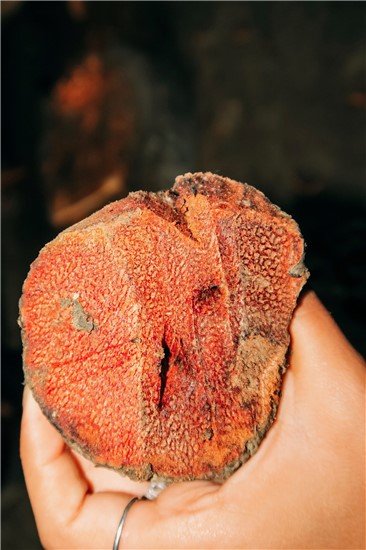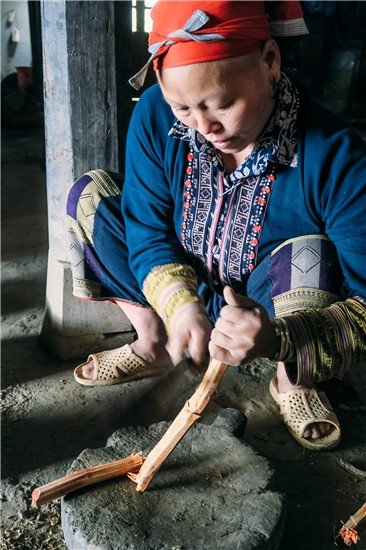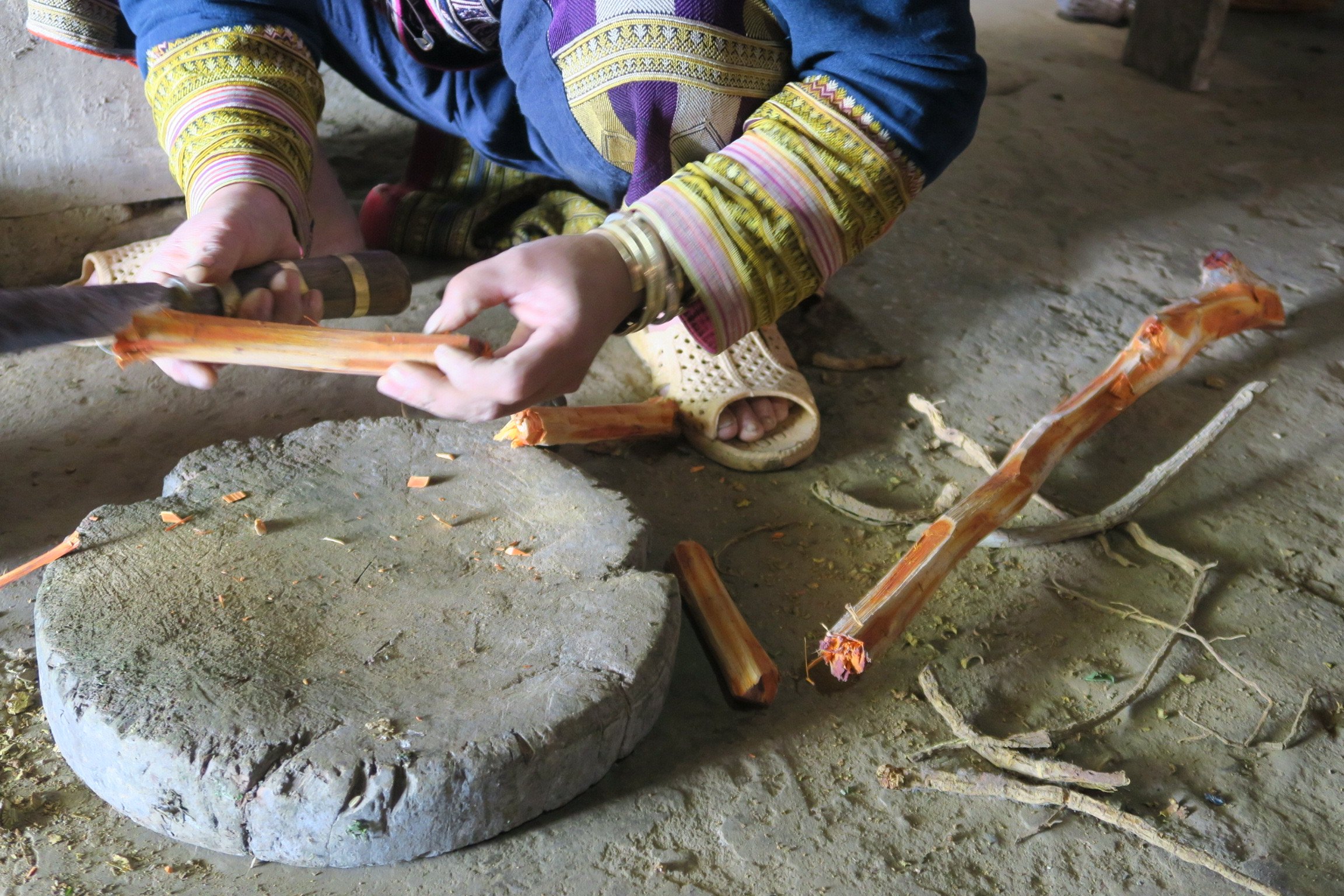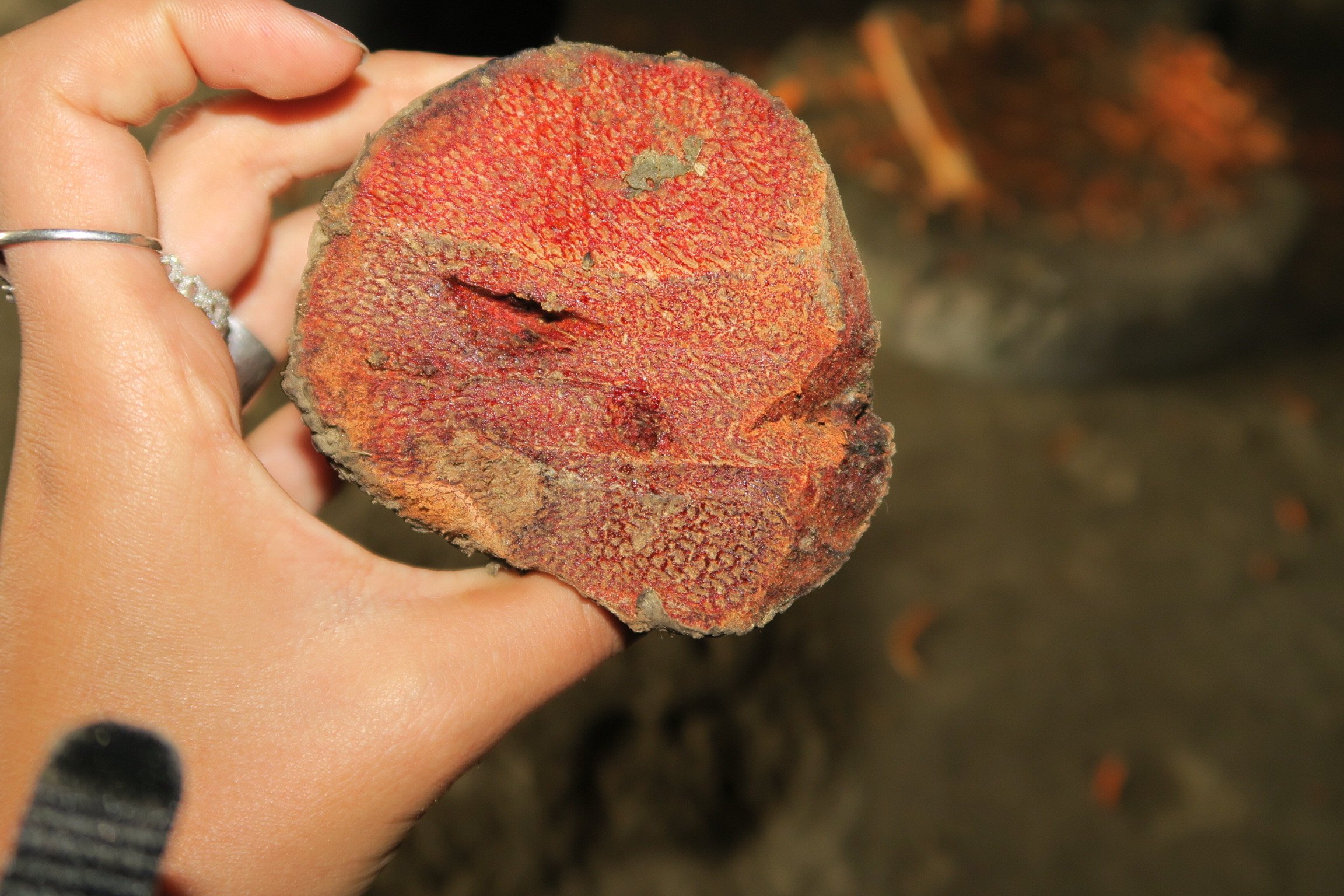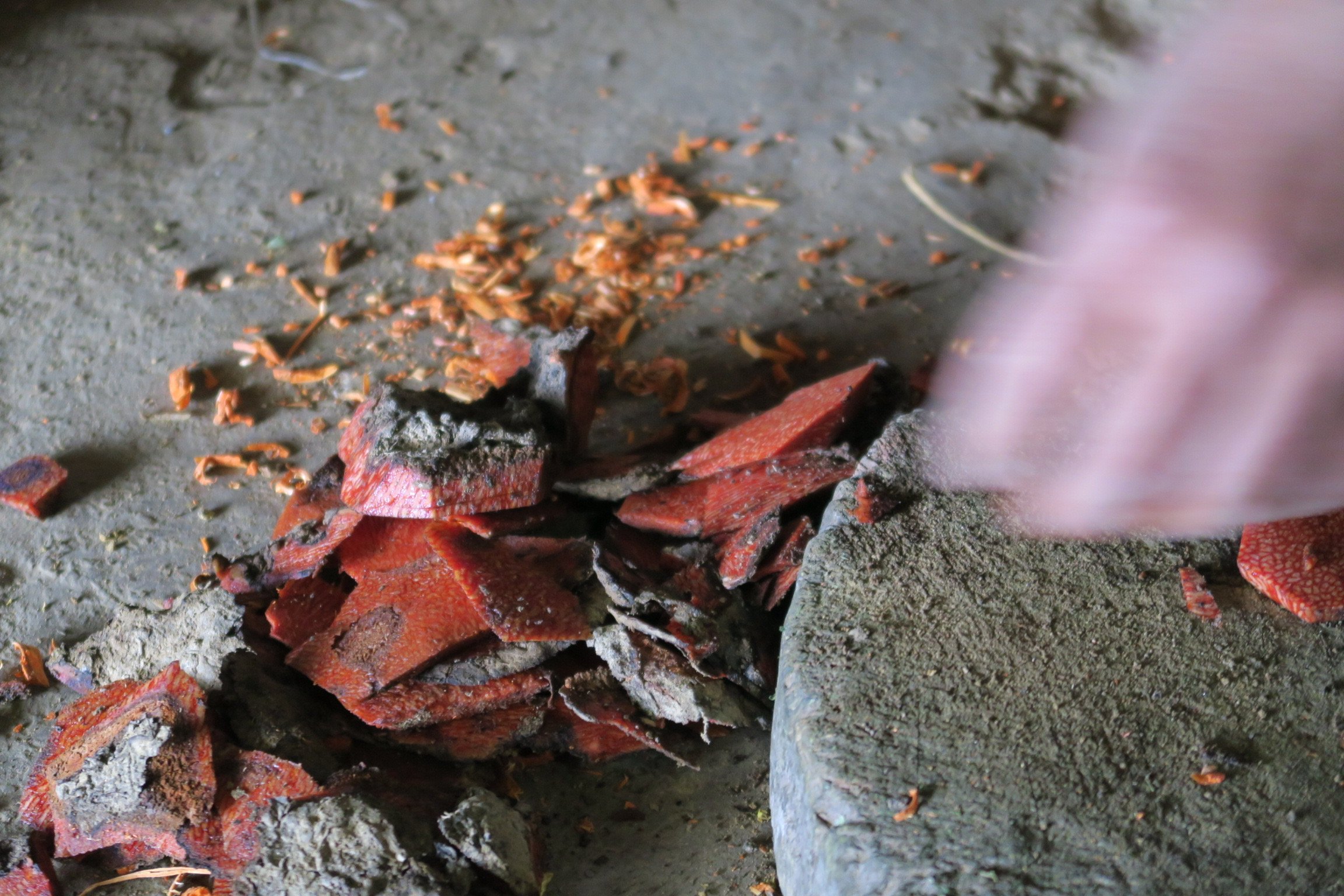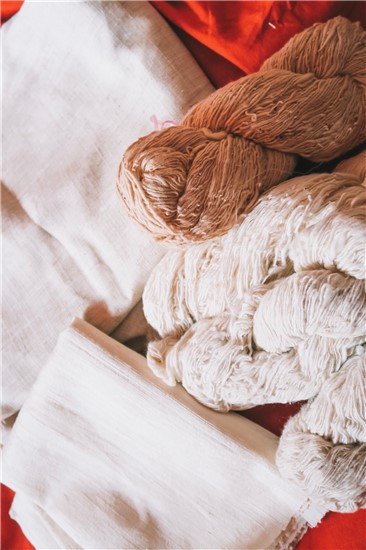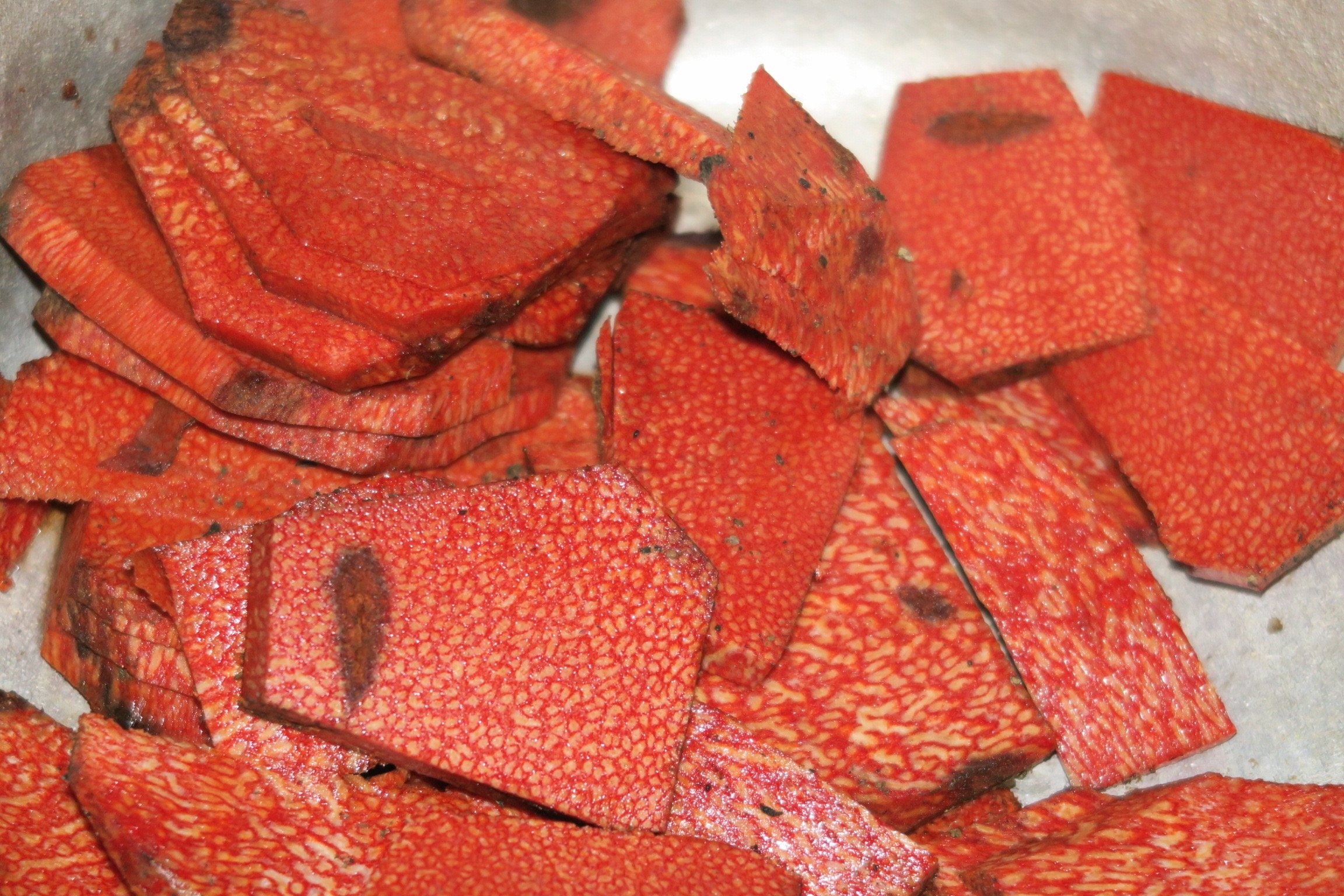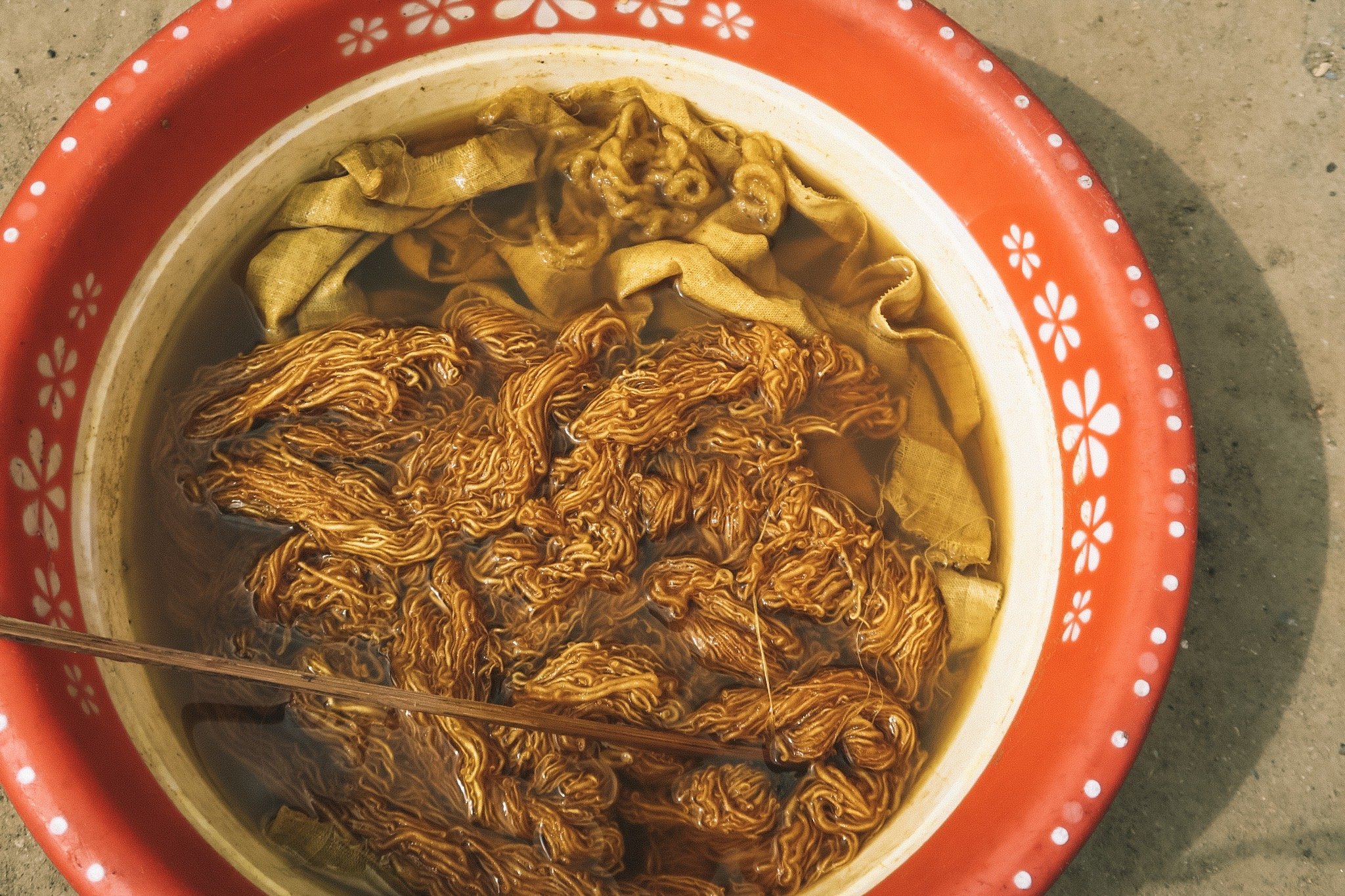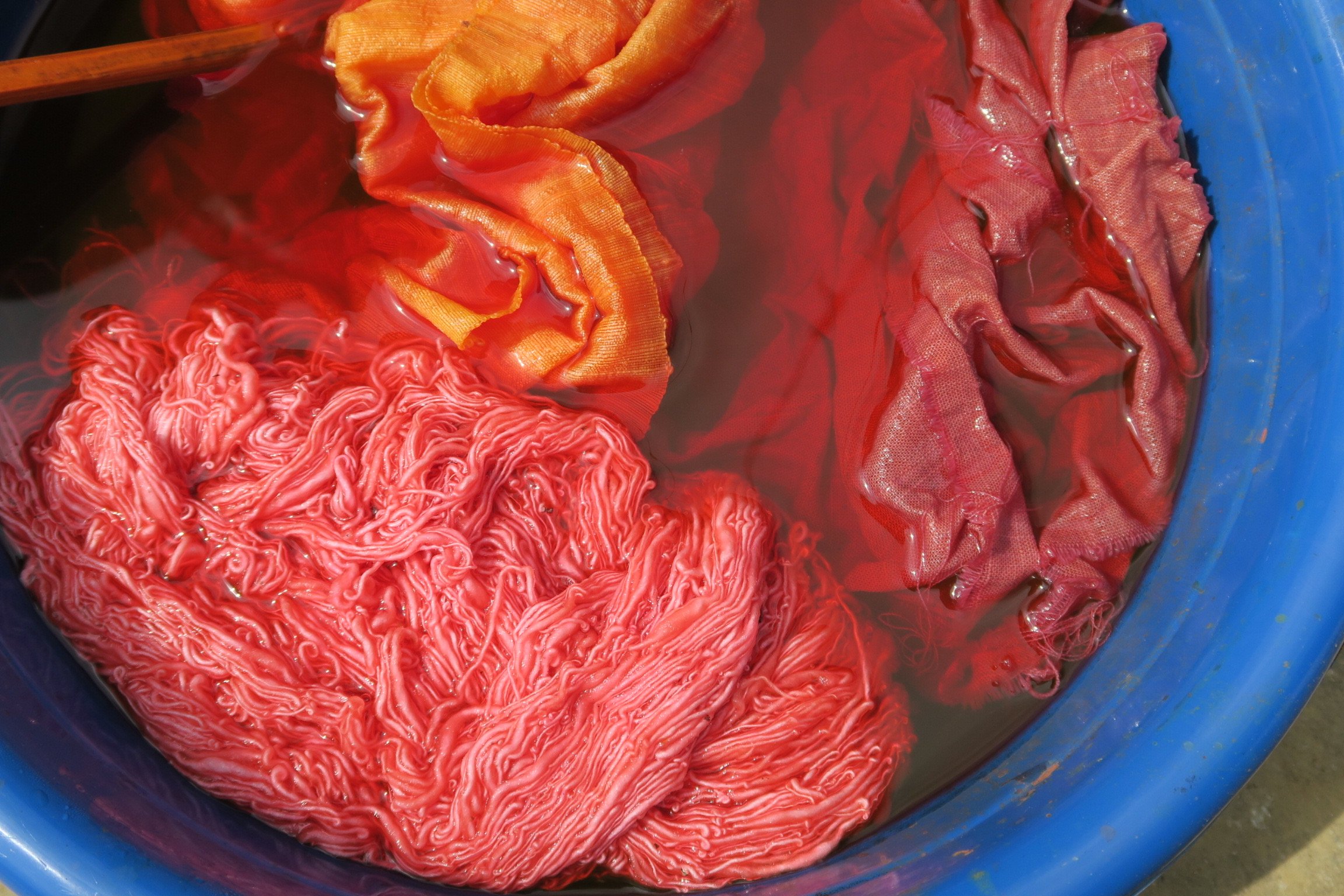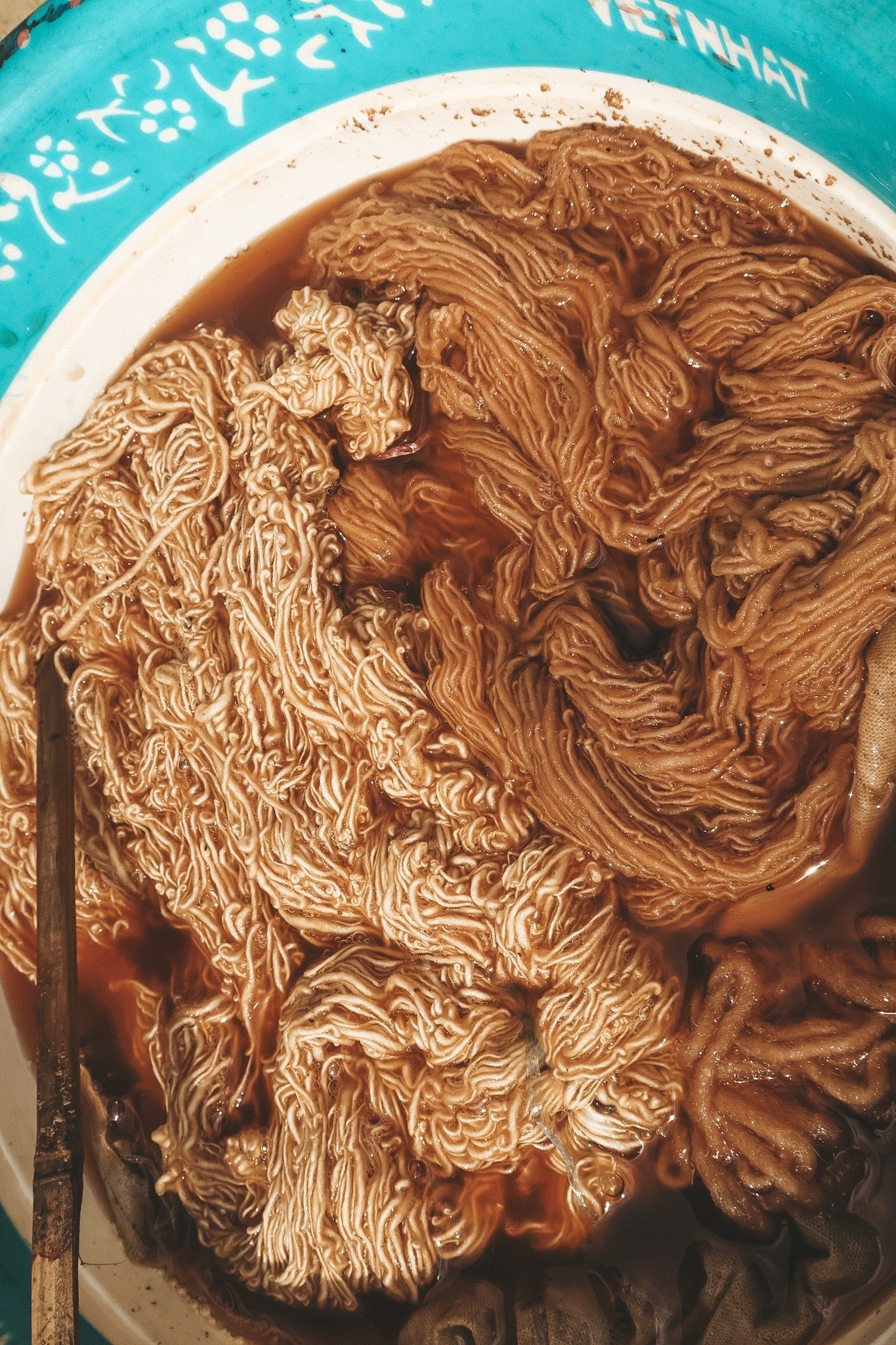Vietnam Week Ten: Sa Pa
Probably the most eye opening and inspiring week during this trip was the week I visited.
Sa Pa is a town in the Hoàng Liên Son Mountains of northwestern Vietnam. It is well known for its trekking, with stunning views of terraced rice fields and the the Muong Hoa Valley. It is also near the 3,143m-tall Phang Xi Pang peak, which is climbable via a steep, guided walk that takes 2 to 3 days (something I would have loved to do but unfortunately didn’t have time to). Hill tribes, such as the Hmong, Tay and Dao, make up much of the town's local population.
From Hanoi, I went to Sa Pa with a bus, my first experience of taking a bus in South East Asia. It was a very pleasant surprise. I used the Sapa Express bus which left around 7.00 in the morning and arrived at 13.00. I definitely recommend using these buses. I had a very comfortable and clean seat, they offered us a sandwich, cake and a bottle of water. The steward was really friendly, making sure we know where we are going after reaching Sa pa and asking us if we need anything. There was also WiFi almost throughout the journey! We made one stop half-way through, there you can buy some snack or drink. There was also a bathroom, but I don’t recommend going in there. The landscapes we saw during the bus ride were amazing. Rivers, waterfalls, rice terraces, mountains, the jungle… A very scenic drive that I will always remember.
Before deciding to go to Sa pa I got in contact with someone who organises tours there, asking if there is a way I could do some traditional textile workshops. She told me about Tamay, a Red Dao artisan who specialises in traditional hand embroidery. Tamay is 45 years old and has three children, and one grandchild. She used to be a local tour guide but now she teaches embroidery, embellishment and natural dyeing to some tourists (usually in textile tours) as well as designs Red Dao garments for the ethical fashion brand “Tamay and Me”. She also has a stand in the famous Sa Pa market, that she shares with her daughter. There you can find some of the stuff she has made, as well as clothes from all over Vietnam that she has bought from other artisans. (Definitely recommend visiting the market!!) She speaks Dao, Vietnamese and her English is almost perfect which was amazing since she learnt English without a teacher. She learnt by talking to tourists from all over the world when she was really young. She can’t write or read English but she speaks it fluently.
I decided to do all three workshops with Tamay, and to stay at her house in order to experience everyday life in a hill-tribe village. I stayed there for four nights. Tamay lives in Ta Phin, a village close to Sa pa. She picked me up from the bus station and took me to the market, it was so much fun to try on almost everything she had there. She explained how to wear different clothes to me, as well as explained symbols and how to distinguish between clothes and textiles made from different hill-tribe artisans. It was a textile history lesson and I loved every minute of it. After some shopping (obviously) we went downstairs to the food market. There except from buying food that gets cooked in front of you you can also buy the ingredients and cook it yourself (at least Tamay could). She prepared a chicken soup with noodles for me which was delicious even though (obviously) very spicy. Then we both went to her scooter for the 45 minutes drive, in the mountains to reach the Ta Phin village. The drive was mesmerising. Sa pa is probably one of the most beautiful places I’ve ever seen. The views and landscapes are breathtaking. Here are some photos:
As I said I home-stayed at Tamay’s house, something I had never done before. It was tough, having always lived in cities - living in a small hill-tribe village was eye opening. No kitchen, no fridge, no clean water, almost no furniture, all sorts of animals running around the house (pigs, cats, dogs, chickens)... Mostly it made me realise how many things I take for granted.
Tamay treated me like part of the family, she taught me so much about the Red Dao tribe, about their daily lives, about their customs, their embroidery, embellishment and natural dyeing. She’s one of the nicest people I’ve met. So kind, so loving, so honest. It was the most authentic experience I had while travelling in South East Asia and even today almost six months later I can’t stop thinking how lucky I was to be able to experience what I did.
The first day we spent it at the market and in the afternoon went for a short hike around the village. We cooked dinner together, probably the best Vietnamese I’ve had. The taste of everything was fantastic. The eggs used were from the chickens outside, the meat was given to Tamay by her friends. The vegetables were from her garden. Unfortunately, I did get food poisoning the third day I was there. However, Tamay made sure to give me plenty of tea and plain rice to calm my stomach down, and I had medicine with me just in case. It was the only time I had a problem with my stomach while in Asia. There was no clean water at the village, they boiled the water and added some herbs which they would drink instead of water. I only had 2L of water for four days with me when I arrived which probably didn’t help my situation. Also the plates and cooking utensils were washed with the water that wasn’t clean and no soap, so I kind of knew I would get food poisoning but at the same time couldn’t do much about it since the closest place I could get food from was a 4 hour hike round trip. Plus the food was really tasty. Anyway, I survived it and that’s what’s important.
The second day we started with the embroidery class. The pattern I focused on is called “Rice Terrace” the pattern shows the rice terraces that surround the Sa Pa region. Tamay gave me a pattern which shows exactly the way they embroider this pattern. From 1 to 2 to 3 to 4, it has 26 steps. Women of the Red Dao hill-tribe learn to embroider from a very young age, usually around six. They learn all these patterns by heart. Before getting married women are supposed to embroider something which their mother in law must approve before agreeing to the marriage.
Embroidering is not something I have a lot of experience in however I found that it relaxed me a lot, and it was nice to try something new. The following first two photos are from the piece of embroidery I did (using chemically dyed thread unfortunately). The next photos are all hand-embroidery that Tamay has done on trousers and belts. It is amazing how detailed her hand-embroidery is, her pieces are a combination of many different patterns, colours, threads, and they are whole garments, full of hand embroidery. Really beautiful. The patterns all symbolise their everyday lives and what they see around them: flowers, nature, elements, animals.
The same afternoon we went foraging for dye plants. It was amazing to see the whole process from beginning to end. Tamay gave me wellies and a basket and we set off. (The bag in the following photo has been hand-embroidered by Tamay.)
While hiking we met lots of women who were in the woods cutting wood for fire, plants/herbs for cooking/medicine or dye plants. I loved meeting Red Dao and Hmong women walking together, trying to find all their differences, in their clothes and accessories. I find it amazing that they wear these traditional clothes everyday. It is also important to note that while I was in Sapa it was the only time I was cold while in Asia, because of the high altitude. During the day if you were outside in the sun it was fine, but in the shade or at night I had to wear lots and lots of layers to keep warm.
The third day in the morning we did the dyeing. I had brought cotton, linen and silk yarn and fabrics to dye and Tamay also gave me some wool to see how the colour would change. We used four dye stuff. One was something like a beetroot (not edible though) which gave a brown colour. We used the bark of a tree which gave a yellow colour, some roots which gave a pink colour and the leaves we collected while hiking which gave a purple colour.
We didn’t measure anything, we just boiled each dye stuff with water for thirty minutes each and then put them into basins and added the yarn or fabric, we left the fabric/yarn in for only half an hour before taking them out. We didn’t mordant anything either, but I mordanted everything when I got home back to Athens. The colours did not dramatically change. It’s a shame Tamay didn’t know the name of the plants in English, however I doubt we have these plants in Europe.
That afternoon we had a class about embellishment. Even though hand embroidery is the technique the Red Dao tribe uses the most, they also do embellishment, adding tassels, beads and coins to their jackets and bags. We added tassels to the hand-embroidered bag Tamay gave me.
The last day in Sa Pa, I still was a bit sick, so we spent the morning talking and embroidering in the sun. I finished my piece and then we went back to the main town and to the market so I could browse and buy some more things. Tamay then took me to the bus station and waited until I was inside. I left for Hanoi where I stayed for one night before taking the plane to Hue.
I loved everything about Sapa and it’s a place I want to visit again for sure. There is still so much to see. The Red Dao and Hmong people are amazing — so friendly and welcoming, I really want to see Tamay again. Sapa will always have a very special place in my heart.
Next blog post will be about Hue and Hoi An.
Have a lovely week!
xxxx
Christiana
